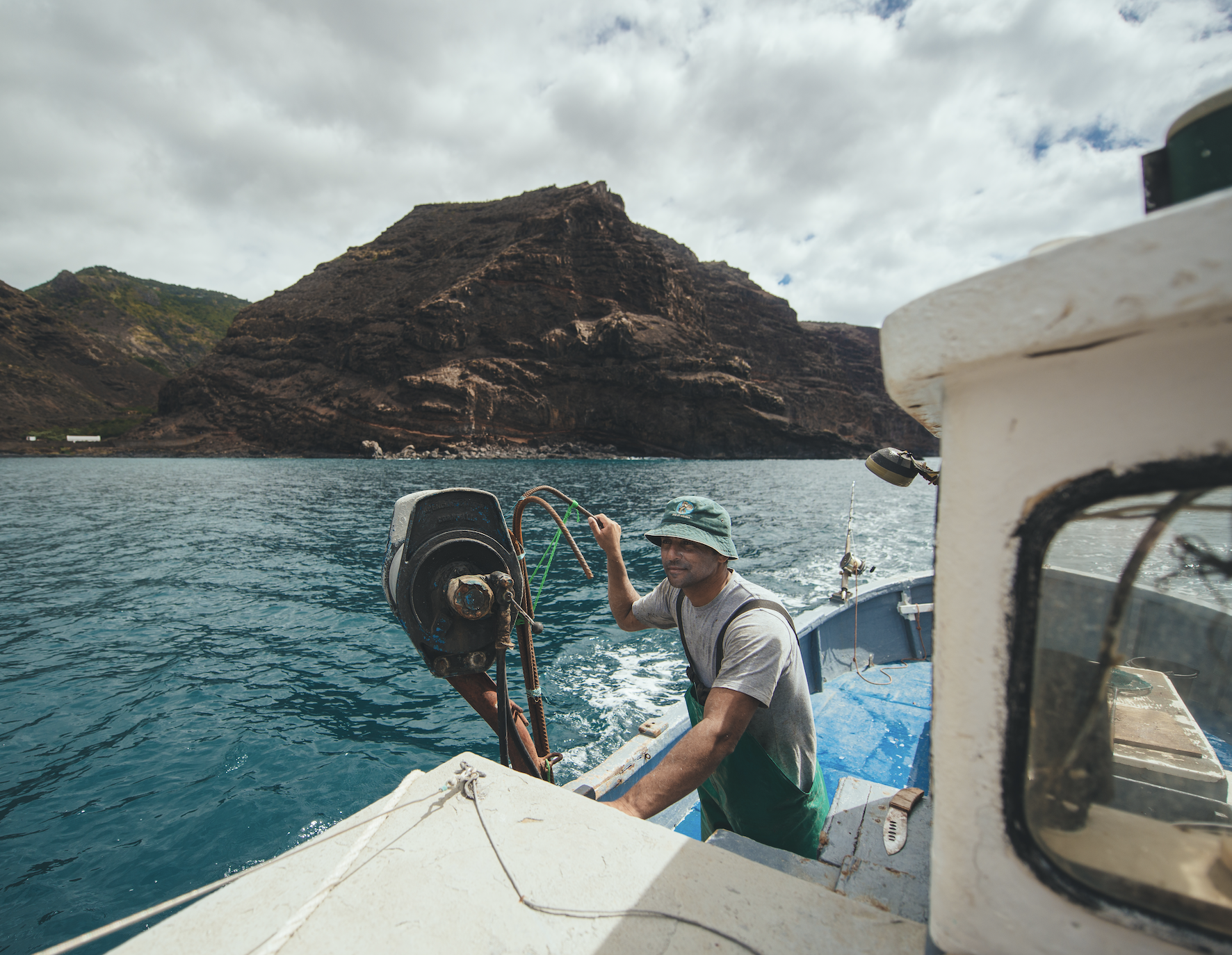
St Helena handline yellowfin tuna

Location & History
St. Helena Island is located in the South Atlantic Ocean between the African and South American coasts. St. Helena’s territorial waters extend for 200 nautical miles around the island and include deep sea rock formations, also known as the Bonaparte and Cardo seamounts. St. Helena has a long history of fishing likely dating back to the 17th century. Since the 1960s, efforts have been made to develop the island’s fishing sector. St. Helena has a history of small-scale fishing, and efforts are being made to make one-by-one fishing the only source of fishing.
How is the Tuna Caught?
All the catch from this fishery is caught using the traditional handline technique, wherein each fisher uses a single line with a hook attached, to catch one fish at a time. The size of the boats range from 4 m to 12 m, and subsequently have a varied crew size (between one and six fishers). The fishery is very selective, which means it catches only yellowfin tuna. Non-target species (also known as bycatch) are animals that the fishery doesn’t want to catch, such as dolphins, turtles or sharks. The use of a single hook and line per fisher means that there is very little bycatch, and because fishing takes place at the surface of the ocean, there is virtually no negative impact on different marine habitats. All tuna are stored on ice, onboard the vessel before being transported back to shore.
Unique Features
It was estimated that the fishing industry amounted to 60% of the island’s exports in 2013/2014, but the sector has the potential to make a far greater contribution to the local economy.
Fun Fact: The ocean around St. Helena is a category six Marine Protected Area, meaning that the disposal of plastics and fishing materials in the waters is prohibited.
Gallery
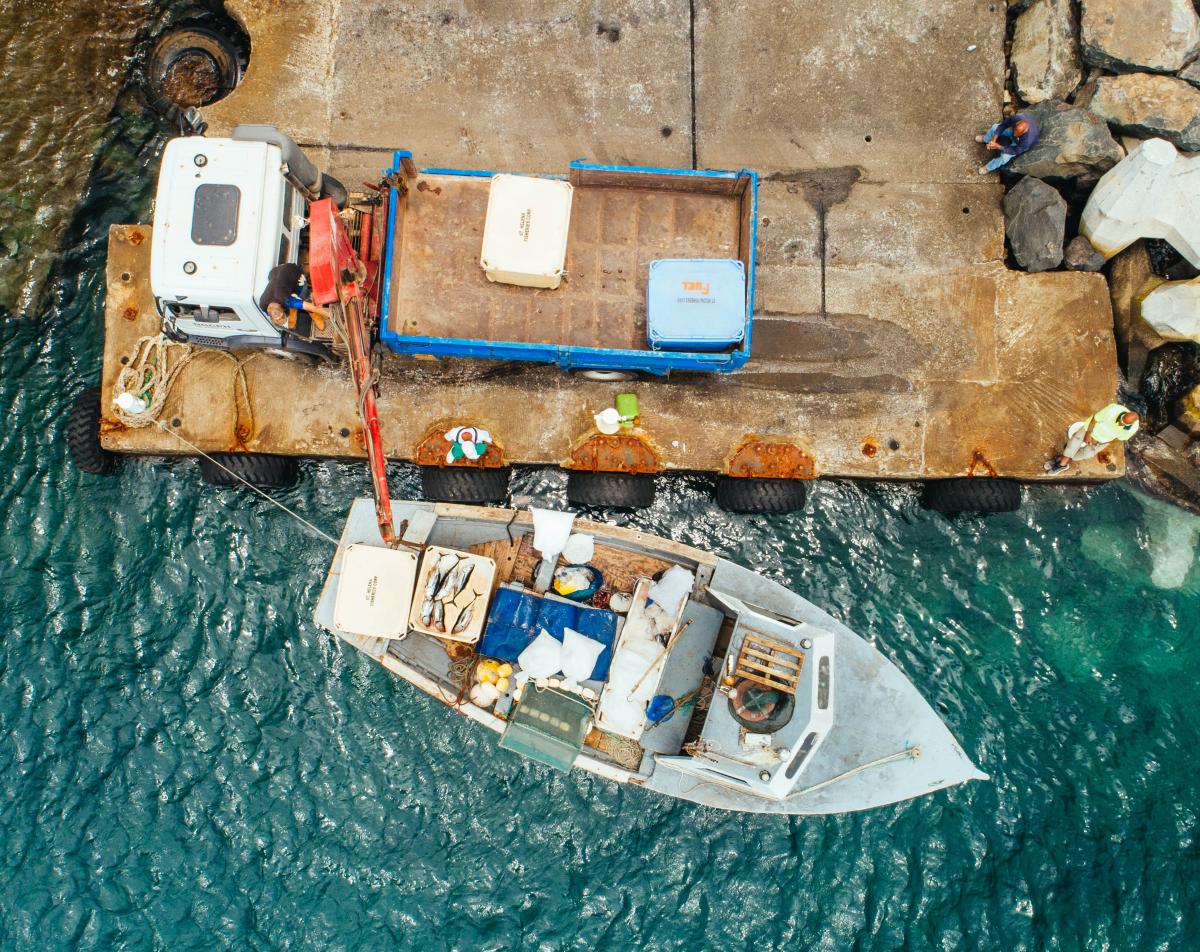
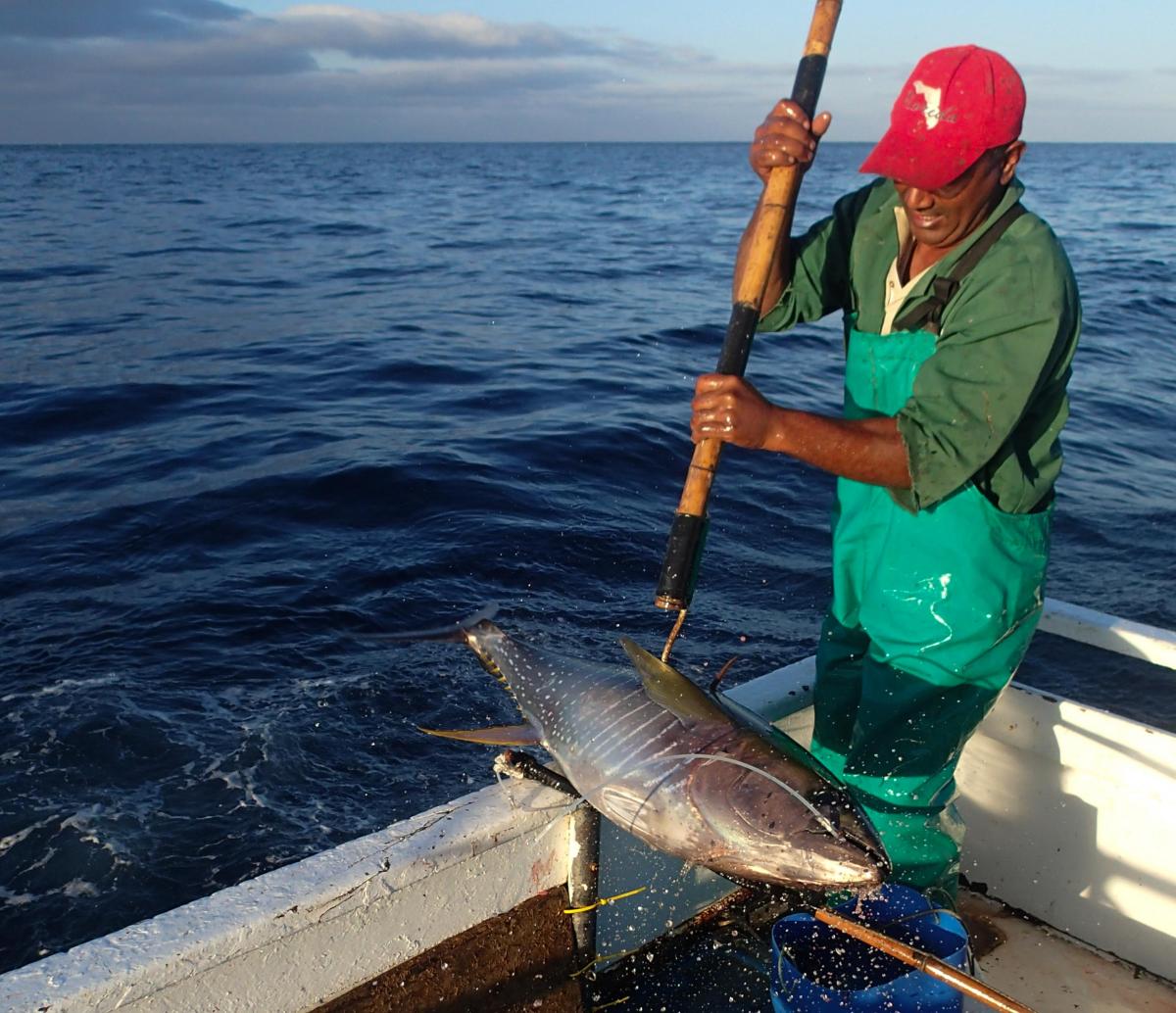

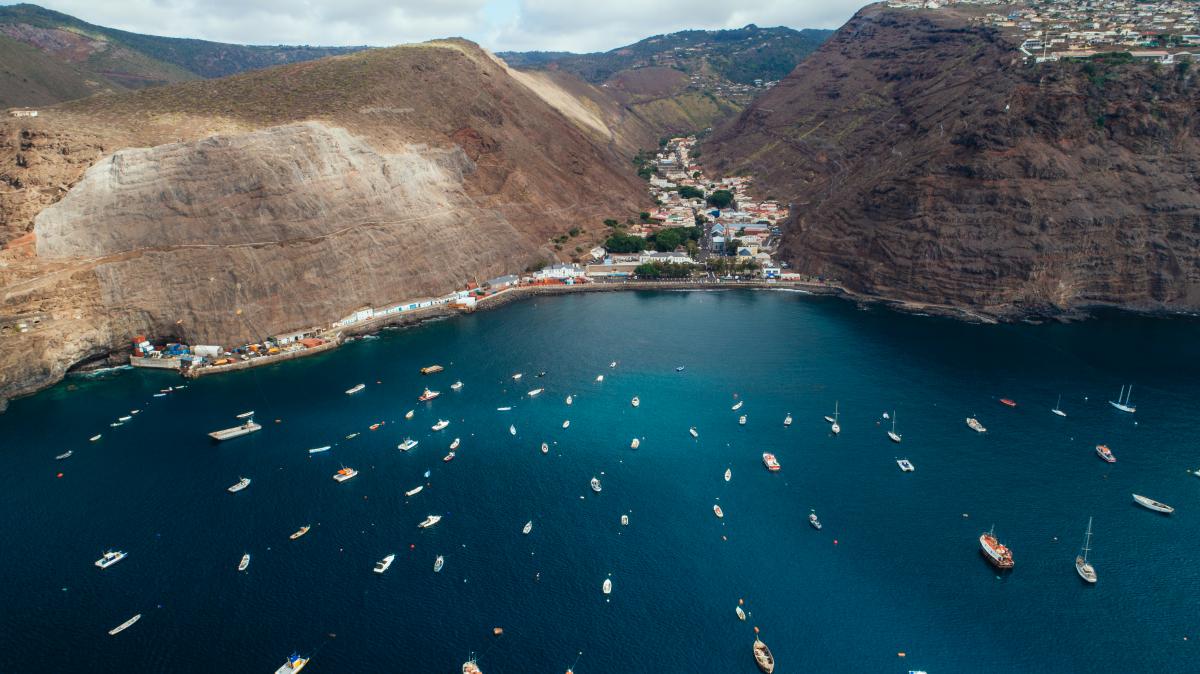
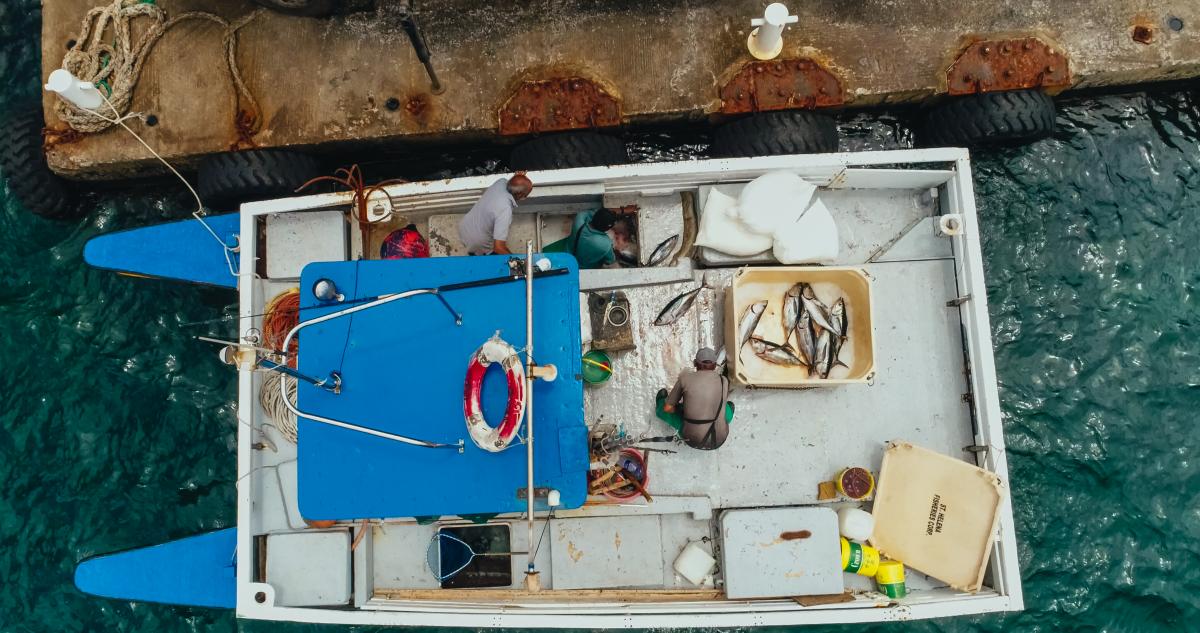

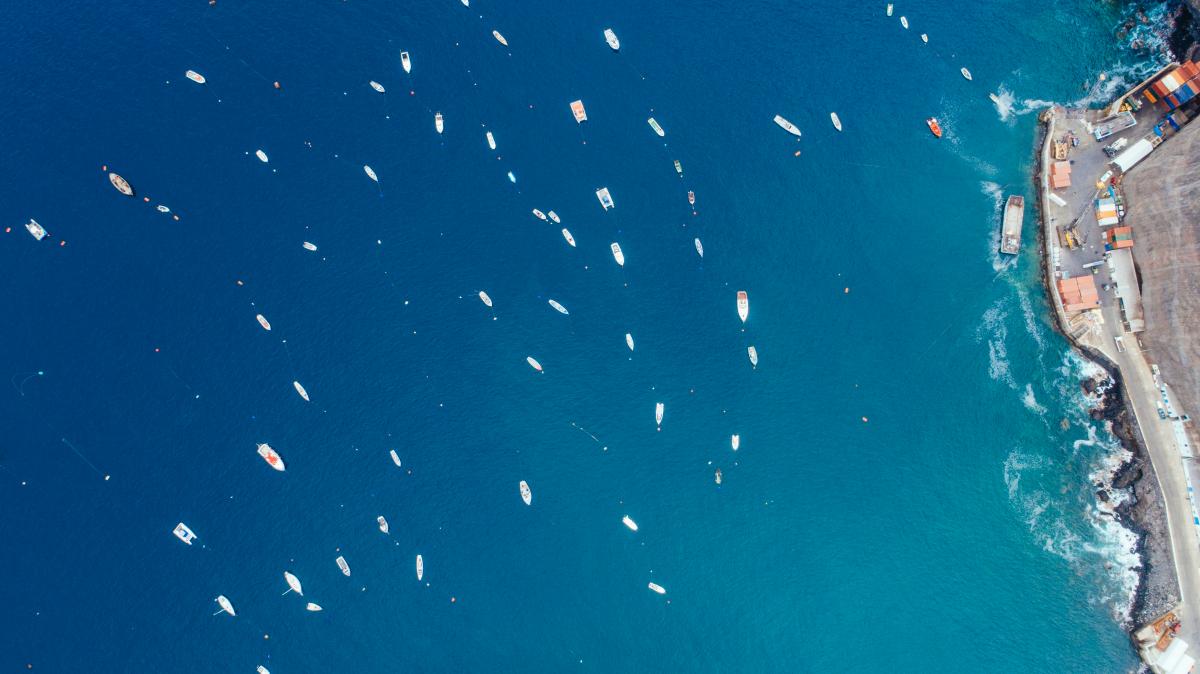

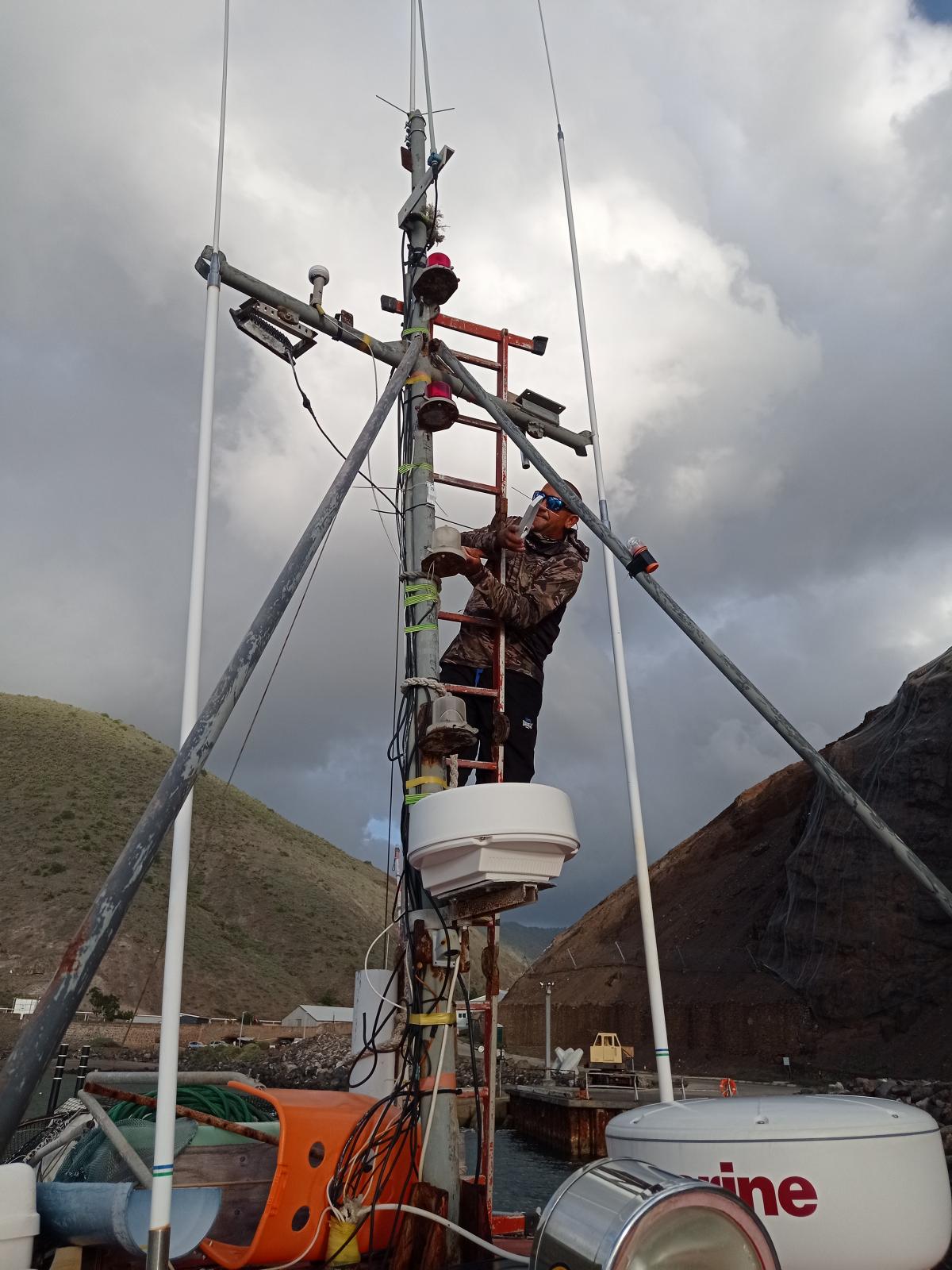


Meet the Fishers

Peter Brian Benjamin
Profession: Fisher
Location: Jamestown
Loves fishing as you get to catch a different fish every day, you never finish learning how to catch a fish, just loves catching fish.

Waylon Dean Thomas
Profession: Fisher
Location: Jamestown
4th generation fisher, every family on St Helena has some connection somewhere to a fisher.

Typical Vessel
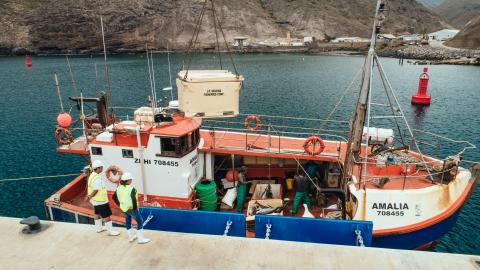
| Item | Value |
|---|---|
| Crew Size | 4 |
| Size Range (m) | 4-13 |
| Hold Capacity | 3 MT |
| Onboard Cold Storage? | Yes |
Fleet Capacity
-
77t
- Annual Catch Volume (metric tonnes)
-
16
- Number of Vessels
-
28
- Local Employment
Target Species
Yellowfin Tuna
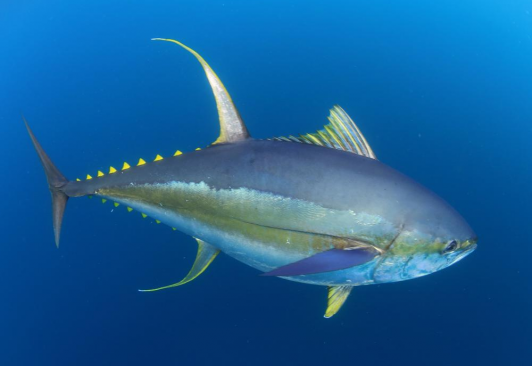
Fishing Gear
Handline
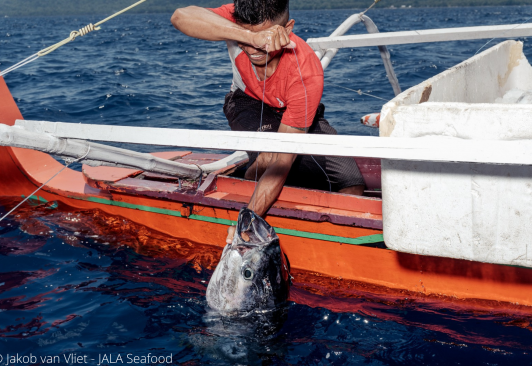
Traceability
Traceability systems are used in food supply chains to track a product from production to consumption. They assist with ensuring that standards and regulations are met throughout the supply chain, which is very important for products that travel across the globe, such as tuna.
Good traceability reduces contamination, disease, and spoilage. In the case of seafood, it also helps to maintain sustainable fish stocks in the oceans so we can keep enjoying tuna for years to come.
Most importantly, traceability provides transparency through the supply chain, allowing all parties including the consumer access to information about the products they are buying.
The St Helena Fisheries Corporation (SHFC) consider traceability to be of utmost importance and ensure all of their fish can be traced back to the vessel they were caught on. Each box of fish that is offloaded from the vessel is given a lot number. After processing, where each individual fish is cleaned, sorted and graded, each fish will be labelled with the original lot number, the date and the vessel number it came from. These labels allow full traceability of each fish by identifying the vessel, the date and time it landed and the temperature of the fish upon arrival. All information is stored and remains available for autorities or the public on demand.
Find out moreFishery Association
What is an industry association?
Industry associations are responsible for enforcing industry specific standards and regulations to protect employees and companies within that industry. They have a range of responsibilities such as providing industry specific information to businesses and useful resources, engaging in education programs, and supporting businesses so that they can reach and maintain industry standards.
Another important role of an industry association is lobbying governing bodies to take action on issues that are affecting the industry in question.
What is a fishery association?
Fishery associations are generally not-for-profit organisations that represent fisheries in one area of the world. Fishery associations are important for small-scale and artisanal fisheries, to defend their rights in a competitive industry and lobby governments for their support of these fisheries.
These associations ensure fishers are protected as employees in this industry, and that fish stocks are being managed appropriately to ensure the fishers trade will continue and be prosperous. Some associations represent employees throughout the supply chain, from fishers, to processors, to distributors, protecting the workforce from the source to your plate.
St Helena Fisheries Corporation
St Helena Fisheries Corporation (SHFC) is a non-governmental organisation, which was established in 1979 under the St Helena Fisheries Corporation Ordinance, for the purpose of supporting the sustainable development of the island’s fisheries.
The Corporation works alongside the Fishermen’s Association and other local stakeholders, including the Agricultural and Natural Resources Division of the St Helena Government, to develop the local fishing industry.
Alongside this developmental role, the corporation is responsible for the purchase, processing and/or storage of all fish caught, including the marketing of fish products both locally and overseas; regulating of prices within the industry; facilitating commercial activities; assisting the fishing community in accessing finance; and providing practical support services including the supply of chandlery, fuel, ice and bait.
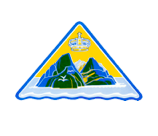

Regional Fisheries Management Organisation
International Commission for the Conservation of Atlantic Tunas (ICCAT)
Regional fisheries management organisations (RFMOs) are international bodies formed to manage fish stocks in an oceanic area. They include several countries with fisheries operating in that area, and some focus on particular species such as tunas. They are established through international agreements and treaties. RFMOs typically collect fishery statistics, assess fish stock conditions, monitor fishery activity and make fishery management decisions.
The International Commission for the Conservation of Atlantic Tunas (ICCAT) is an RFMO that is responsible for the management of tuna and tuna-like species in the Atlantic Ocean. In 2016 ICCAT celebrated it’s 50th anniversary, and due to the wide range of countries it covers, it is known by 2 other names and acronyms: ‘Commission internationale pour la conservation des thonidés de l'Atlantique’ (CICTA), ‘Comisión Internacional para la Conservación del Atún Atlántico’ (CICAA).
Stock Status Reports
Yellowfin Stock Status
2022-01-01The stock status of a fish species signifies whether a species is 'overexploited', 'fully exploited' or 'underexploited'. Different organisations use different parameters to assign these labels. For example, the Food and Agricultural Organisation of the United Nations (FAO) deems any species to have less than 40% of it’s ‘unfished biomass’ to be overexploited.
The aim of assigning stock status to a species is to ensure that catches are kept at a level where future catches will not be affected, in other words, to maintain a healthy, viable population of fish.
In addition to biomass, spawning potential, catch trend and size-age composition may be used to determine stock status. These are important factors to consider as some species are more resilient than others and have different ecological features. For example, yellowfin tuna have a higher reproduction rate and are typically more resilient than other tuna species.
National Reports
St Helena
2022-07-01National Reports are formal documents from members of the Tuna Regional Fisheries Management Organisation (tRFMO) in question. Each country that falls within the tRFMO must report on the state of their national fisheries in relation to the requirements of that tRFMO. They are normally presented to the annual Scientific Committee meetings by a credentialed head of delegation - considered national scientists. The tRFMO normally prescribes what the report should entail and how it should be structured, which would also include progress on key resolutions on conservation and management measures, and brief the ongoing scientific research of interest to the tRFMO.
